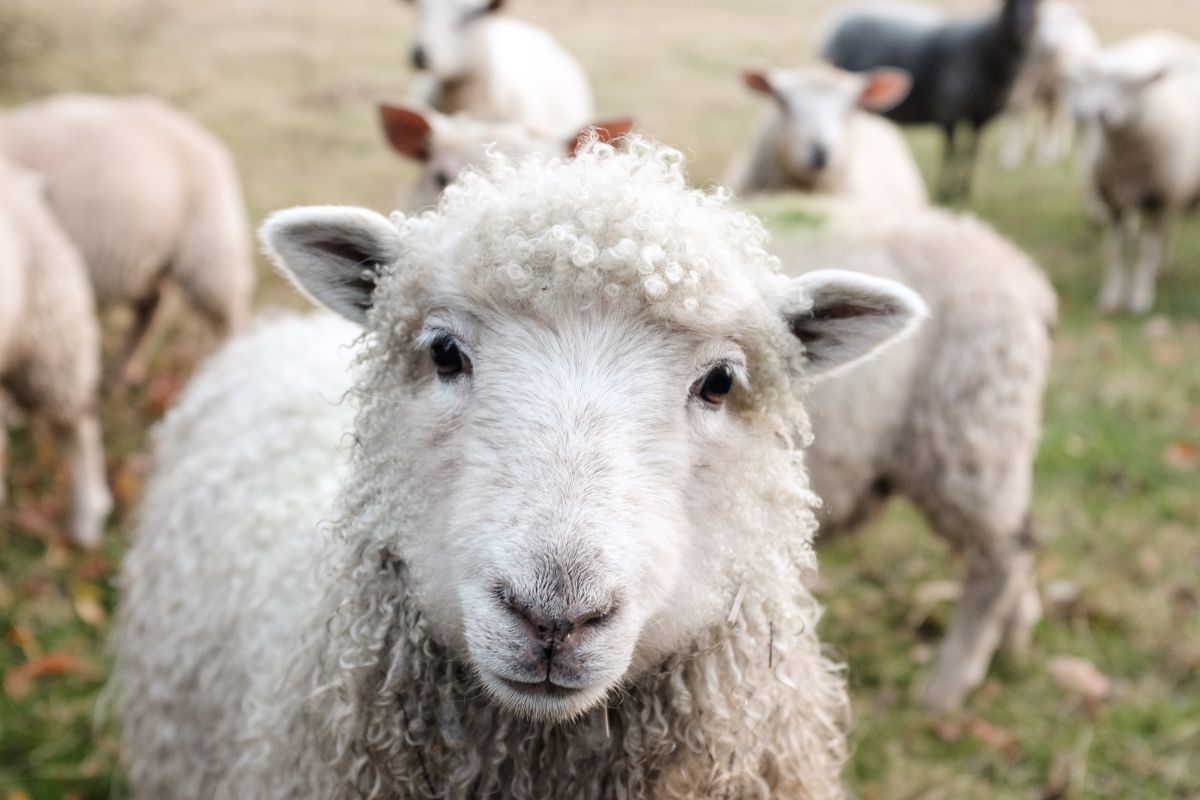What is wool?
Wool is a natural animal material made from the hair of certain mammals. Most wool fibers come from the fleece of sheep, but sometimes they can come from goats, rabbits or alpacas. This explains why there are several names for wool (merino wool, mohair, angora, shetland, alpaca, cashmere). Wool's main characteristics are softness, elasticity and insulating capacity.
.jpg)
Which countries produce wool?
The main suppliers of wool are China (22 th of the world's wool production), followed by Australia (17%) with 350,000 tons of wool produced per year, then New Zealand and Iran. France also has a number of sheep farms dedicated to wool production. Wool is a textile fiber used mainly in the manufacture of mid- to high-end garments, and accounts for 2 th of global textile production, i.e. around 2 million tons a year.
What are the processing stages for wool?
Wool is an animal fiber derived from sheep fleece. The first stage is the shearing of the sheep, which takes place once a year in spring. This is done by hand, using an electric shearing machine. In the second stage, the wool is washed, rinsed, dried, combed or untangled. Dyeing can be carried out at any stage of the manufacturing process. Next, the wool is spun into balls. Finally, the wool yarn is woven or knitted, depending on the desired result. The quality of the ball of wool depends on a number of factors: climate, feed, animal welfare and breeding, as well as the time of combing.

Is wool compatible with ethical and responsible fashion?
Wool can vary greatly in quality, and is often uncertified. To estimate its ecological impact, several criteria need to be taken into account.
Benefits of wool
-Wool is a natural material.
-Wool retains heat and can absorb up to three times its weight before appearing wet.
-Wool is soft and elastic.
Disadvantages of wool
- Sheep farming has a direct impact on GHG emissions, and one gas in particular, methane.
- Soil degradation and water pollution are caused by the pesticides and insecticides used by farmers.
- Mistreatment is present on many conventional sheep farms. The practice of mulesing, for example, is banned by organic labels and the RWS label, the latter of which involves performing surgery to remove the sheep's perianal skin to prevent myiasis, a skin disease of sheep.
Alternatives and best practices
- Give preference to organic or recycled wool. Traceability is crucial to know the conditions under which animals are raised and mistreated, whether ecosystems are preserved, whether employees work in good conditions, and whether the wool is of good quality. There is the Nativa Precious Fiber or Responsible Wool Standard label.
- Buying second-hand clothing made from wool is an alternative that can help you reduce your environmental footprint.
How to care for wool?
Wool is a material with a reputation for being difficult to care for, so we reveal a few tips here. First of all, choose a special wool detergent, preferably organic. Never wash your wool garment above 30 degrees. Choose a low-spin program. Dry your woollen garment flat to prevent it from buckling under the weight of the water. Finally, when ironing, use a lukewarm iron to avoid damaging the fiber. If in doubt, look at the label!
Discover our favorites in wool for women
Discover our favorites in wool for men





